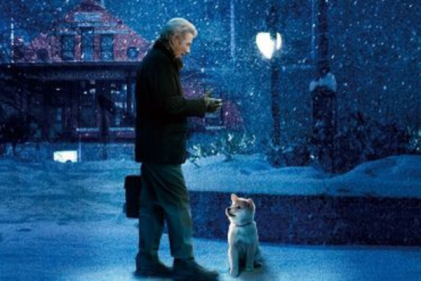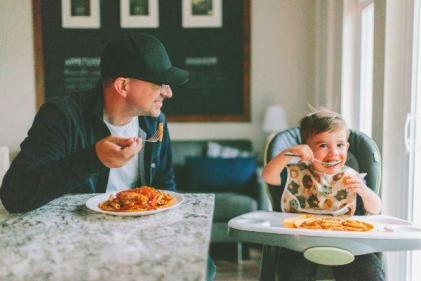 The relationship between a child and their dog can be one of the most fulfilling in their lifetime; dogs can their best friend, confident and ensure that the child is never lonely.
The relationship between a child and their dog can be one of the most fulfilling in their lifetime; dogs can their best friend, confident and ensure that the child is never lonely.
It’s important to remember, however, that dogs are potential biters if you behave incorrectly around them, so children who learn to treat all dogs with care, consideration, and respect will be safer around dogs.
Here are some golden rules to keeping your child safe and sound when there's a pet dog in your home.
1. Be consistent
Consistency is very important so dogs don’t get confused. If you decide that dogs are not allowed to sleep on beds make sure all family members follow this rule.
Remember children learn from what they see you doing, so follow the rules yourself.
2. Supervision is key
It is dangerous to leave a baby or small child alone with a dog unsupervised, even for a few minutes. If you need to make a drink, answer the door or go to the bathroom, take either the child or the dog with you or contain the dog in a separate room while you are gone. Supervise children and dogs when they are together Children up to 10 years old must be supervised at all times when a dog is nearby. Supervision is particularly important with visiting children. Remember, most dogs will naturally protect the family they live with. If you are unable to supervise the play between children and dogs, isolate the dog in a safe place.
3. Take care when tying a dog up
When dogs are tied up they can’t get away from approaching children and may bite to defend their space if they feel threatened. Children, especially visiting children, must learn not to go near the dog when it is tied up. Always tie a dog where it can’t be approached by children. It may be safer to confine the dog to a room inside. Over time a tethered dog could become more aggressive.
4. Discourage young children from disciplining a dog
This is potentially very dangerous. When a child disciplines a dog that considers itself equal to or above the child in the family hierarchy, the dog could perceive it as a challenge and bite or nip to defend its position.
5. Dogs should have their own toys
Don’t give old children’s toys to the dog. Children could attempt to retrieve an old toy from the dog and may get bitten by a dog that protects its new toy. This is a dangerous situation that can be avoided by giving dogs their own toys.
6. Teach others how to behave safely around dogs
There are many people without dogs at home; they may not have had the opportunity to learn safe behaviour around dogs. If you are concerned by a visiting child’s unsafe behaviour, talk to their parent or caregiver. Where possible, teach other adults and children how to behave safely around dogs. Never force people to approach or pat a dog they are scared of; dogs appear to respond to people who are scared around them and may be more likely to bite.
7. Reward the dog for doing the right thing
Reward the dog with treats when it is well behaved around children - this way the dog learns to associate good things with children. You could reward the dog for lying down when you change the baby, or for staying out of the baby’s room, as examples.
8. Keep dogs off furniture and beds
Of course, the final choice is yours but it’s better in the long run if dogs are kept off furniture and beds. Dogs allowed on furniture and beds could learn that they have equal status. Keeping your dog on the ground is one way of raising your children physically higher and affirming their status above the dog. It’s good for dogs to have their own bed on the floor so they get used to being on their own sometimes. Dogs that get smothered with constant attention from people, never spending any time on their own, can sometimes get very anxious when their owners go out. This is called separation anxiety and it’s not very pleasant for the dog.
9. Teach your child
Dogs don’t like to be hugged around the neck and kissed; it is not how they meet each other. Your own family pet dog probably won’t enjoy this from the children it lives with and certainly not from visiting children. Teach children it’s gross to let dogs lick their face because dogs have bad breath; they smell other dogs’ bottoms and children could get worms and parasites off dogs. Face-to-face contact is a common cause of bites to the face; thought to be in part because of close eye contact.
10. If a dog rushes, stay still
Teach children that when a dog is bothering them they need to drop any food or toys they are holding and ‘be a statue’ (or a tree). Statues are boring for dogs – they will usually come and sniff, and then go away. You will see dogs sniff each other when they meet; dogs sniff things to find out who or what they are. Don’t stare into the dog’s eyes because it might think you want to fight. Look at the dog’s paws, chest or over the top of its head.
Image via Pinterest.











